Health Canada led the world in large-scale cannabis legalisation and is now creating regulation for edible cannabis products: What is next?
On 16 December 2019, edible cannabis products could be bought and sold in Canada. This marks the next step since the State enacted cannabis legalisation in 2018.
The Report of the International Narcotics Control Board for 2019 acknowledged how legalisation enabled “close monitoring of cannabis trafficking” that would also reduce the supply of “heroin, methamphetamine and fetanyls” through a collaboration between Canadian, Mexican and United States authorities.
Patty Hajdu, Minister of Health, commented on the new regulations:
“The Government of Canada legalized and regulated cannabis to keep it out of the hands of youth, and profits out of the pockets of criminals. To continue to achieve these objectives, edible cannabis, cannabis extracts and cannabis topicals can legally be made available for sale in Canada, following strict rules, and by authorized retailers only.
“The strict rules in place are there to minimize the appeal of these new products to young Canadians, and to decrease the risks of accidental consumption and overconsumption. Cannabis products may be produced only in federally licensed facilities, are subject to standards regarding ingredients, testing and THC limits, and must have plain and child-resistant packaging.
“They must also have specific labelling for consumers, including health warning messages, ingredient lists and THC content.”
Health Canada gave manufacturers the ability to create edible cannabis products for sale, which then face a 60-day waiting period before purchase. During those 60 days, the Canadian Government receives written notice describing the product, enabling the Government to then stop the sale if it appears medically necessary. This means that the class of cannabis oils will be dissolved by October 2020, as this product can now be cleanly placed into one of the following new categories:
1. Edible cannabis for eating or drinking;
2. Cannabis extracts for ingesting, including absorption in the mouth;
3. And cannabis topicals for application to the body, such as ointments.
Canadian regulations on edible cannabis products
Canada Health have limited the design potential of edible cannabis products, so they do not unfairly target youth markets. Similarly, these manufacturers must not make health or cosmetic claims in their products, as the public should make informed decisions rather than trusting in the quiet authority of a printed claim.
Any cannabis edibles manufactured and sold to the public must bear a clear label that says: “It can take up to 4 hours to feel the full effects from eating or drinking cannabis.” Measures like this seek to facilitate the medical realities of cannabis products from their sales claims, administering a cohesive, responsible system of labelling currently lacking throughout the disparate European and American markets.
How well are Canadian legalisation measures working?
Canadian legalisation of cannabis was enacted after socio-economic assessments, to prevent young people engaging in the criminal market and further, to protect public health.
On 2 March 2020, Michelle Boudreau, Director General for Controlled Substances at Health Canada attended the 63rd Session of the United Nations Commission on Narcotic Drugs (UNCND). Here, she faced the challenge of defending Canada’s move to legalise the substance of cannabis.
Michelle Boudreau also highlighted that to discuss the impact on public health, Canada had “people with lived and living experience with substance use”, as part of their delegation to the UNCND. These individuals defended the necessity of bringing cannabis into the light. Government regulation and public awareness lessen the future of substance-based criminality and addiction that cyclically impact the whole of society via the strain on health systems.
Discussing the data accumulated in this short period of access to medicinal cannabis, Michelle Boudreau said:
“First, the illegal market has already lost 30% of its market share, and we have seen no corresponding increase in the overall size of the market. This represents nearly $2 billion in sales that did not go to criminal organizations.
“Second, initial data suggests that rates of cannabis use have not changed among youth and young adults. Finally, we have seen no increase in the illegal movement of cannabis across international borders.”
References
1. http://www.emcdda.europa.eu/news/2020/canada-edible-cannabis-products-may-now-be-sold-in-canada_en
2. https://www.incb.org/incb/en/publications/annual-reports/annual-report-2019.html
Editor's Recommended Articles
-
Must Read >> Why patient advocates are key to growing CBD brands
-
Must Read >> The FDA’s 2020 Cannabis policy


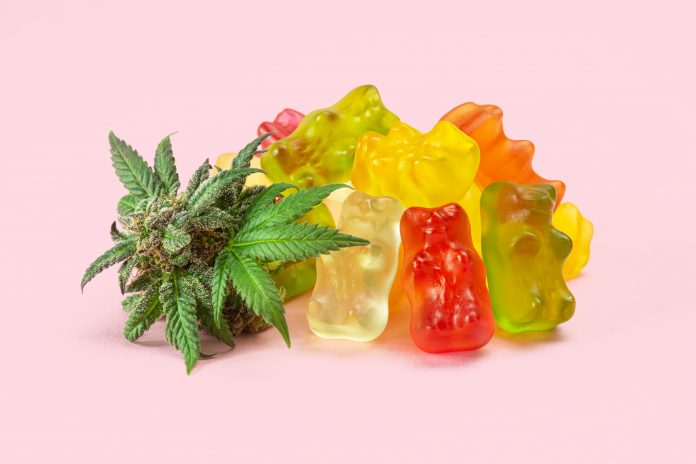

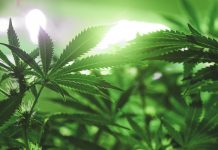
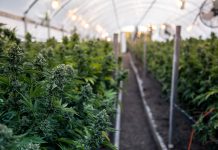


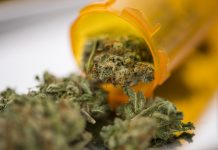
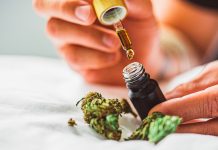

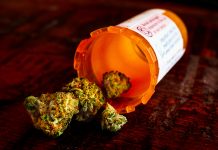



The Cannabis Act seems more fixated on protecting the potential profits generated by the expanding, Government sponsored, Recreational Cannabis Industry, which is currently attempting to monopolize ALL Cannabis genetics, production, distribution, and retail in Canada out of sheer corporate greed.
Rather than attempting to promote LONG OVERDUE RESEARCH into the many medicinal benefits that Full Complex Cannabinoid Therapy could provide to a large segment of the Canadian population, our government has chosen to protect a monopolistic Canadian Cannabis Cartel that seeks to control ALL cannabis production and genetics in Canada.